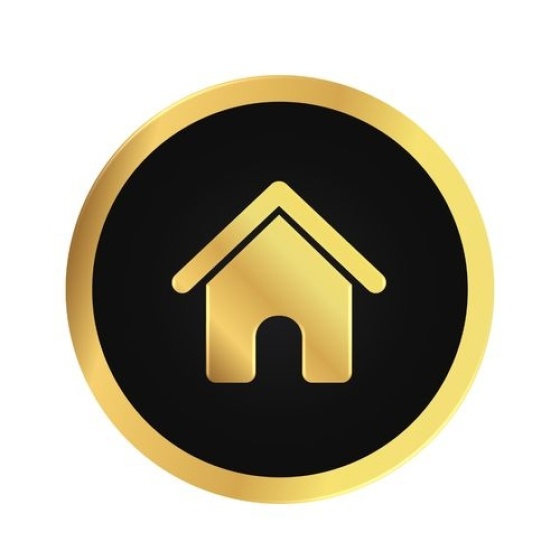RENT 2025 - Meet us at booth D33 to discover our new AI agent!

- What trends are currently shaping the luxury real estate market?
- While the traditional real estate market is facing challenges, the luxury segment remains strong. Let’s take a look at the latest trends shaping the world of high-end properties.
-
The luxury real estate market stands out for its resilience in the face of economic crises.
Despite market fluctuations, demand for high-end properties remains strong, driven by a wealthy international clientele. Rising interest rates have had minimal impact on luxury property buyers.In France, over 8,700 transactions above €1.2 million and 870 sales above €3.2 million were recorded in 2023. In contrast with the so-called traditional market, transaction trends show a +2.3% increase for houses and +1.1% for apartments on average over the year.
What defines luxury real estate?
There is no official definition or “luxury” label, but as with the premium market as a whole, luxury real estate implies quality, refinement, and exclusivity.
Beyond just the selling price, the criteria that define an exceptional property include these evolving notions, which are shaped by market trends and broader economic and cultural shifts.These premium characteristics are mainly found in the following types of properties: châteaux, manor houses, period homes, high-end apartments, private mansions, architect-designed houses, unique or atypical properties, as well as contemporary villas and homes.
Let’s explore the key trends currently shaping preferences and decision-making in this exceptional market.
Technology and Innovation
The technological revolution in luxury real estate is unprecedented, transforming not only design and construction processes but more importantly the residential experience itself.
A true differentiating factor, innovation has become essential for industry players aiming to deliver unique added value to buyers. The integration of advanced smart home systems offers buyers effortless control over lighting, energy use, entertainment, and cutting-edge security features.Some luxury properties are equipped with advanced air filtration systems, connected fitness equipment, or next-generation spa facilities.
Design and Architecture
Luxury real estate is constantly evolving, integrating architectural innovation and cutting-edge design to meet the expectations of the most discerning buyers.
Design trends in high-end real estate now favor minimalist elegance, open multifunctional spaces, and seamless integration with nature.Renowned architects, designers, and interior decorators such as Jean-Louis Deniot, Hugo Toro, and India Mahdavi are sought after to create homes that blend modernity and tradition while incorporating unique artistic elements.
Natural materials, expansive windows, and layouts that enhance natural light are particularly coveted, creating spaces that are both functional and aesthetically refined.
3. Prime Locations
Luxury destinations continue to diversify, attracting buyers to major global cities like New York and London, as well as more remote and exclusive areas such as private islands, quaint villages, or world-renowned ski resorts.
Security, privacy, and access to premium services are key decision-making factors.Historic districts in major European cities and coastal hotspots like the French Riviera remain strongholds for luxury property investors.
Certain neighborhoods within major cities concentrate much of the luxury offering Beverly Hills in Los Angeles, Manhattan in New York, or Kensington in London, for example.
Whether in urban centers or beyond, property prices remain closely tied to location, with buyers seeking exceptional settings such as along the Seine in Paris or in the heart of Provence.4. Sustainability and Eco-Responsibility
Sustainability is playing an increasingly important role in the luxury real estate market.
Buyers are becoming more sensitive to properties that offer eco-friendly solutions without compromising on luxury or comfort such as LEED-certified villas, homes with green roofs, or developments using recycled materials.This trend reflects a broader awareness and a desire to reduce environmental impact, even in the most exclusive market segments.
5. Second Homes
The luxury second-home market has been deeply influenced by the pandemic, which reshaped buyers’ priorities.
Remote work has driven demand for properties in destinations traditionally associated with leisure, offering a high quality of life while enabling continued professional activity.Regions like the Swiss Alps or Italy’s Tuscany continue to see strong demand for homes that combine comfort, natural beauty, and connectivity.
The luxury real estate market continues to thrive, driven by trends that combine exclusivity, comfort, technological innovation, refined design, and sustainability. These factors paired with prime locations are shaping a sector that is both dynamic and ever-evolving.
By staying ahead of the curve, luxury real estate professionals will be well-positioned to meet the expectations of a discerning and global clientele.
Have questions? Need real estate coaching or training? Our team is here to help let’s talk.
Click here to book an appointment


